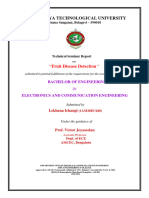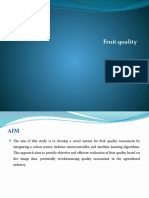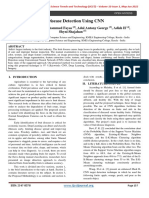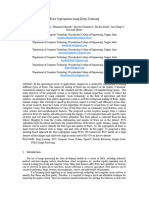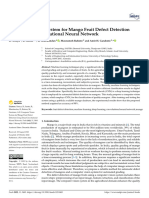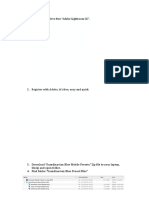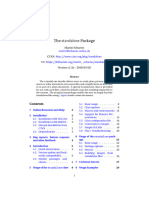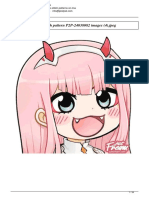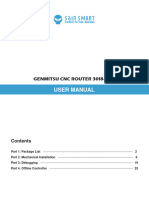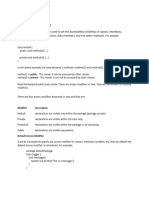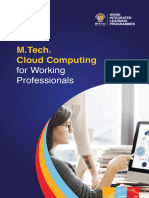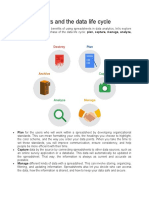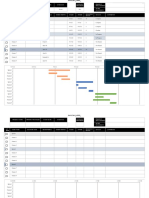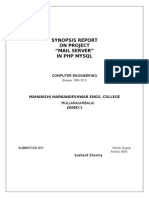0% found this document useful (0 votes)
15 views13 pagesFinal Submission
This project synopsis presents a review of automated detection and assessment of fruit damage using machine learning, specifically focusing on deep learning techniques like convolutional neural networks (CNNs). The study aims to address inefficiencies in traditional fruit quality assessment methods and proposes a system design for real-time classification of fruit quality. Key objectives include analyzing existing techniques, developing a CNN model, and integrating the system with IoT for enhanced scalability.
Uploaded by
umeshtthogataveeraCopyright
© © All Rights Reserved
We take content rights seriously. If you suspect this is your content, claim it here.
Available Formats
Download as PDF, TXT or read online on Scribd
0% found this document useful (0 votes)
15 views13 pagesFinal Submission
This project synopsis presents a review of automated detection and assessment of fruit damage using machine learning, specifically focusing on deep learning techniques like convolutional neural networks (CNNs). The study aims to address inefficiencies in traditional fruit quality assessment methods and proposes a system design for real-time classification of fruit quality. Key objectives include analyzing existing techniques, developing a CNN model, and integrating the system with IoT for enhanced scalability.
Uploaded by
umeshtthogataveeraCopyright
© © All Rights Reserved
We take content rights seriously. If you suspect this is your content, claim it here.
Available Formats
Download as PDF, TXT or read online on Scribd
/ 13



